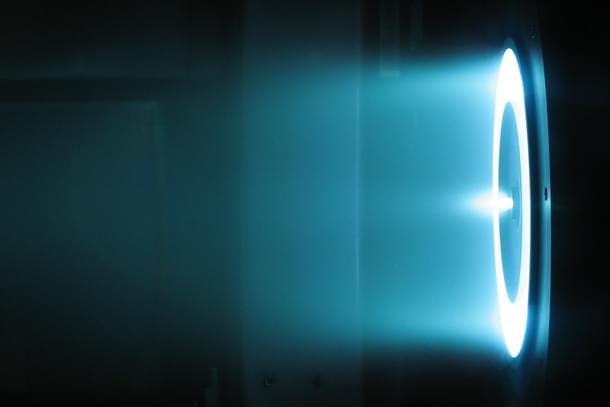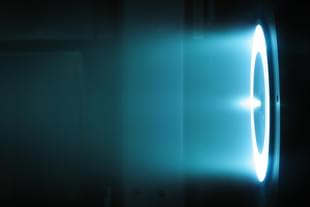News Brief
India Set For Major Milestone With December Launch Of First Indigenous Electric Propulsion Powered Satellite
Kuldeep Negi
Oct 27, 2024, 11:20 AM | Updated 11:20 AM IST
Save & read from anywhere!
Bookmark stories for easy access on any device or the Swarajya app.


India is set to test its first indigenously developed electric propulsion system for satellites, with the Technology Demonstrator Satellite, TDS-01, scheduled for launch by the Indian Space Research Organisation (ISRO) this December.
ISRO Chairman S Somanath announced this development during the Sardar Patel Lecture at Akashvani.
The ISRO chief said that that the first Technology Demonstrator Satellite, TDS-01, featuring indigenously developed electric thrusters, will be launched this December.
The electric propulsion system, or EPS, represents a shift toward lighter, more efficient satellite designs by significantly reducing the fuel requirement.
The TDS-01 launch will also test Indian-made travelling wave tube amplifiers (TWTAs), which are essential for enhanced communications and data relay capabilities in satellites.
Traditional satellite systems rely on a substantial amount of liquid fuel to shift from launch to geostationary orbits and maintain positional stability against gravitational shifts.
For instance, a typical four-tonne communication satellite often requires over two tonnes of liquid fuel.
Electric propulsion, however, allows a satellite to achieve similar objectives with significantly less fuel, thus lightening the overall satellite structure.
“A four-tonne satellite carries 2-2.5 tonnes of fuel. In case of electric propulsion, the fuel requirement reduces to just 200 kg,” explained Somanath, Economic Times reported.
These electric propulsion systems use ionised propellant gases, such as Argon, powered by solar energy instead of chemical fuels.
This approach enables a satellite weighing about two tonnes to achieve the operational capabilities of a much heavier four-tonne satellite, Somanath noted.
Although electric propulsion offers fuel-saving benefits, it generates lower thrust compared to traditional chemical-based systems, meaning that reaching the desired orbit may take longer.
Somanath addressed this, stating, "The only issue with electric propulsion is it is very low thrust. It will take almost three months to reach the geo orbit from the launching orbit, as against one week in chemical thrusters."
ISRO initially used an electric propulsion system for the GSAT-9 or South Asia Satellite launched in 2017, though that system was imported from Russia.
TDS-01 will be the first test of an entirely Indian-built electric propulsion system.
Kuldeep is Senior Editor (Newsroom) at Swarajya. He tweets at @kaydnegi.





